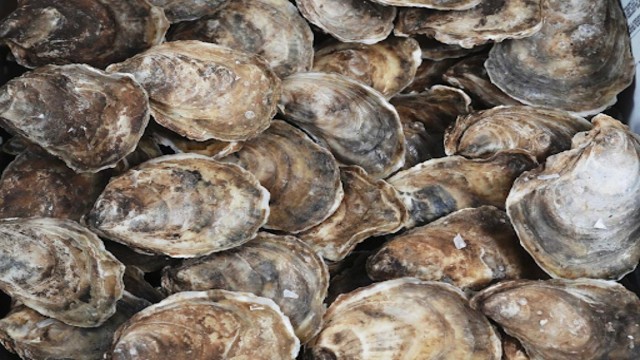
Oysters harvested in Canada are seen at Bryan Szeliga's Fishtown Seafood in Haddonfield, N.J., Thursday, March 6, 2025. THE CANADIAN PRESS
A troubling discovery has stirred concern among Canada’s seafood regulators. For the first time, dermo disease has been detected in oysters from Newfoundland and Labrador, confirming the illness is spreading along the country’s eastern coastline.
Disease Confirmed in Notre Dame Bay
The Canadian Food Inspection Agency (CFIA) confirmed that oyster samples from Notre Dame Bay, Newfoundland, tested positive for dermo disease. This marks the latest location hit by the parasite, officially known as perkinosis.
The disease was first identified in Canada in November, in oysters from New Brunswick. Since then, cases have also been confirmed in Nova Scotia and Prince Edward Island.
Human Health Not at Risk
The CFIA has assured consumers that dermo does not pose any threat to human health. The parasite cannot affect people who consume infected oysters. There’s also no concern regarding food safety.
However, for oyster populations, the disease is a serious concern.
A Silent Threat to Oyster Farming
Dermo is known to cause high mortality in oysters and can significantly slow their growth. The parasite spreads easily—from oyster to oyster, and even through water carrying the infection.
This poses a significant challenge to aquaculture industries already managing complex marine conditions.
Tightened Monitoring and Control Measures
To combat the outbreak, the CFIA is working closely with provincial officials and Fisheries and Oceans Canada. Their coordinated response includes increased monitoring of oyster farms, restrictions on oyster movements in affected areas, and efforts to trace the original source of the disease.
These actions aim to protect oyster stocks and prevent further spread.
What’s at Stake
Oyster farming is a vital part of the Atlantic Canada economy. The spread of dermo disease threatens not only the health of marine ecosystems but also the livelihood of shellfish harvesters and the supply of Canadian oysters in the market.
The CFIA’s continued efforts to monitor and contain the disease will be critical in safeguarding the future of this industry.
As of now, oyster lovers can still enjoy their seafood with peace of mind. But for producers, vigilance is the key to navigating this growing marine health issue.















